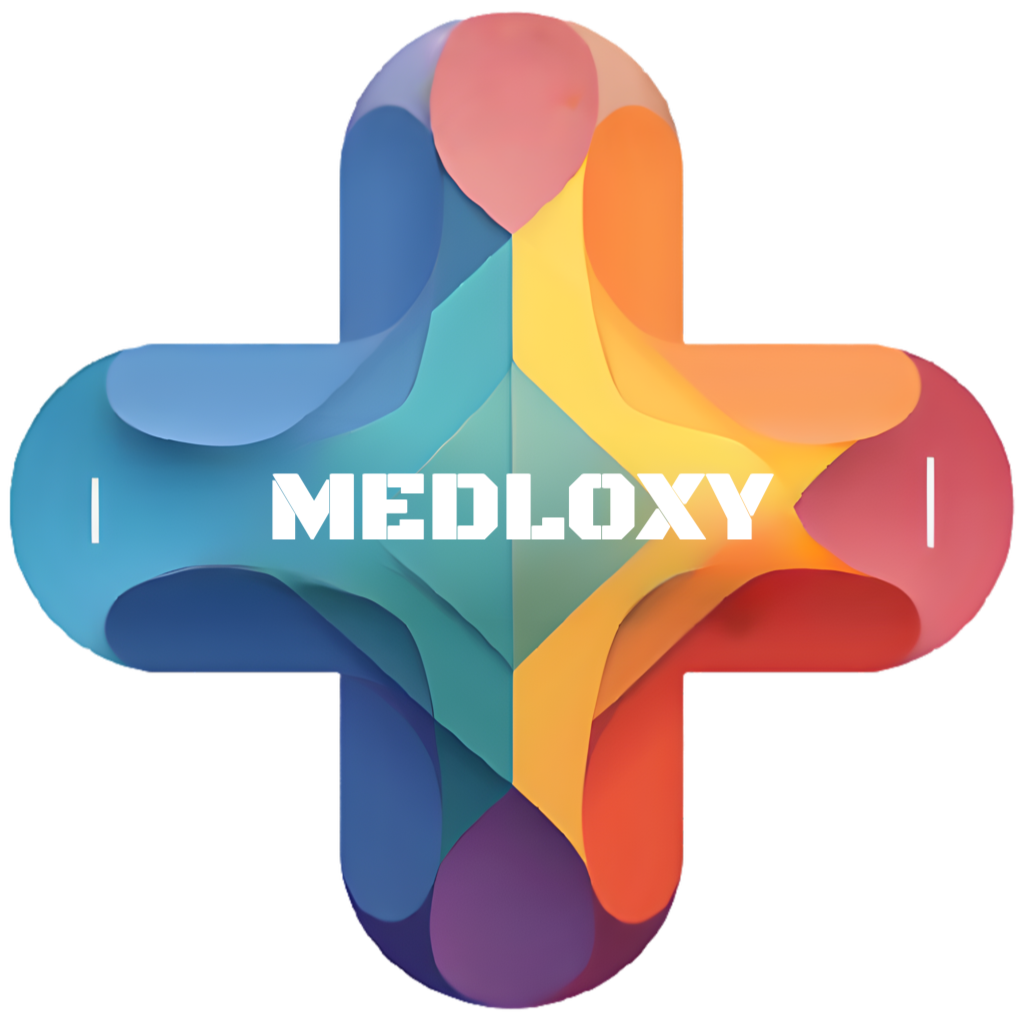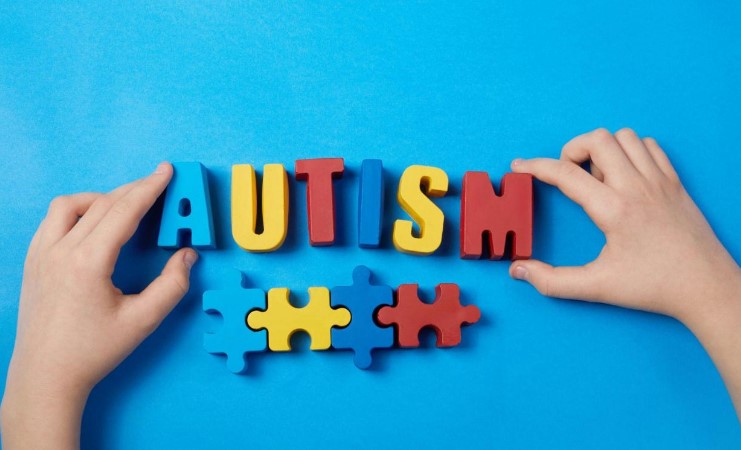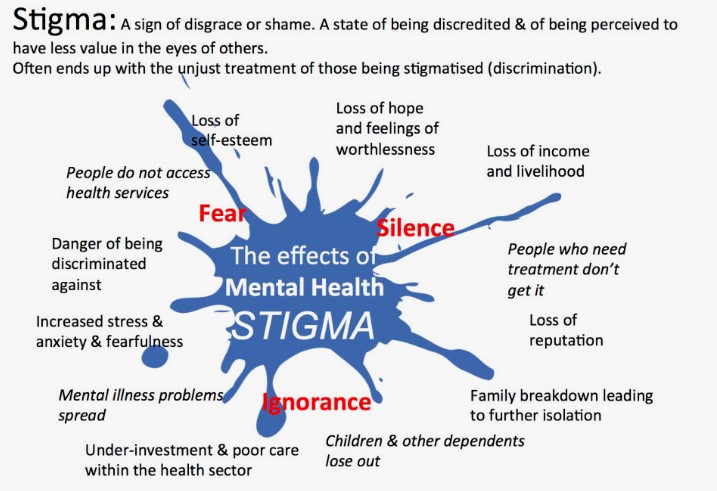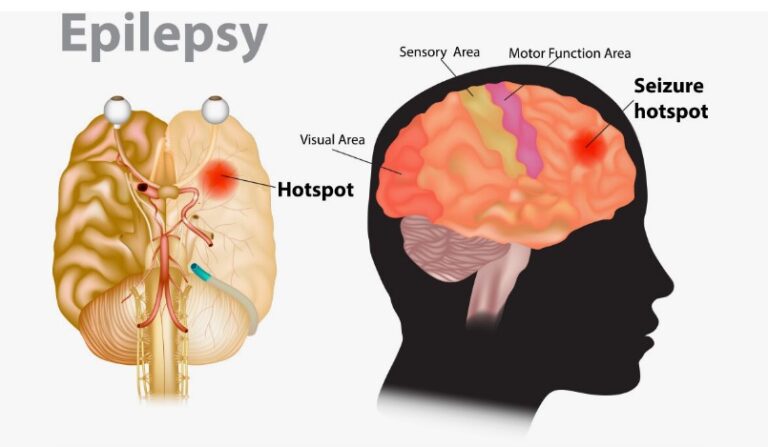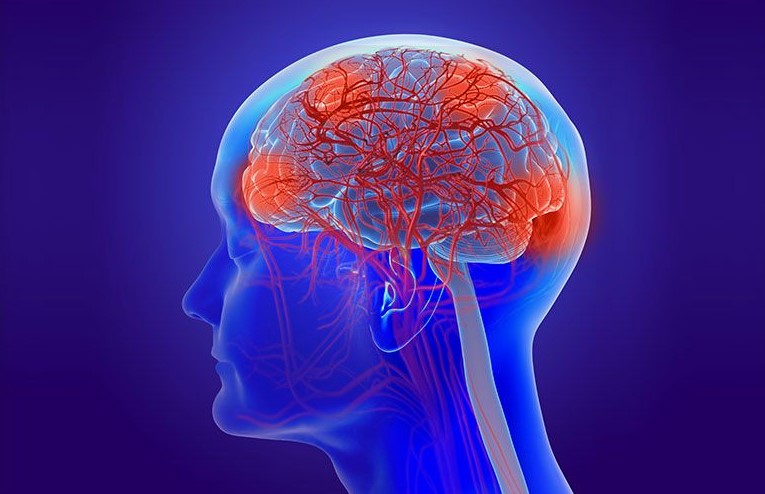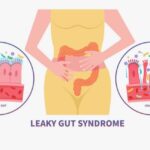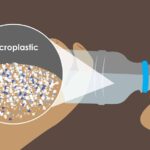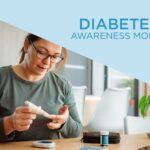Discover the symptoms, root causes, and science-backed treatments for Autism Spectrum Disorder (ASD). Learn when to seek help and how to manage it effectively.
Overview Autism Spectrum Disorder
Have you ever observed a child or an adult whose way of interacting with the world seems distinctly different? Perhaps you’ve noticed unique patterns of communication, a strong preference for routine, or intense fascination with particular subjects.
The prevalence of Autism Spectrum Disorder (ASD) has seen increasing recognition and identification in recent years. According to the most recent data from the Centers for Disease Control and Prevention (CDC), approximately 1 in 36 children in the United States is now identified as having ASD. This statistic reflects not only a potential increase in the actual number of individuals with ASD but also greater awareness, improved diagnostic tools, and broader diagnostic criteria. Globally, prevalence rates vary depending on the country and the methodologies used for data collection, but the recognition of ASD as a significant neurodevelopmental condition is widespread. Understanding the multifaceted nature of Autism Spectrum Disorder (ASD) is paramount.
Symptoms of Autism Spectrum Disorder (ASD)
The core features of Autism Spectrum Disorder (ASD) encompass a range of social communication and interaction difficulties, as well as restricted and repetitive behaviors or interests. However, the expression and intensity of these symptoms vary considerably across the autism spectrum. It is crucial to recognize that no two individuals with ASD will present exactly alike. The following are key areas where symptoms of ASD may manifest:
- Difficulties with social interaction: This is a hallmark feature of ASD. Individuals may exhibit challenges in understanding and responding to social cues, such as facial expressions, body language, and tone of voice. They may have difficulty initiating or maintaining social interactions, sharing interests or emotions, and forming friendships. Some individuals with ASD may appear aloof or uninterested in social engagement, while others may desire social interaction but lack the social skills to navigate it effectively. Difficulties with social interaction can range from subtle differences in social reciprocity to a complete lack of interest in others.
- Restricted and repetitive behaviors: These patterns of behavior, interests, or activities are another core characteristic of ASD. They can manifest in various ways, including repetitive motor movements (e.g., hand-flapping, rocking), repetitive use of objects (e.g., lining up toys, spinning objects), or repetitive speech (e.g., echolalia – repeating words or phrases).
- Sensory sensitivities: A significant number of individuals with ASD experience atypical sensory processing. They may be over- or under-sensitive to various sensory stimuli, such as sounds, lights, textures, tastes, smells, or pain. This can lead to sensory overload in certain environments or a strong preference for specific sensory experiences. Sensory sensitivities can significantly impact daily life, affecting comfort levels, social participation, and behavior.
It is important to reiterate that the presentation of these symptoms is highly variable. Some individuals with ASD may have significant challenges in multiple areas, while others may have milder difficulties that are less apparent. The diagnostic criteria for ASD recognize this spectrum of presentations, and diagnosis is based on the presence of a specific number and type of these characteristics.
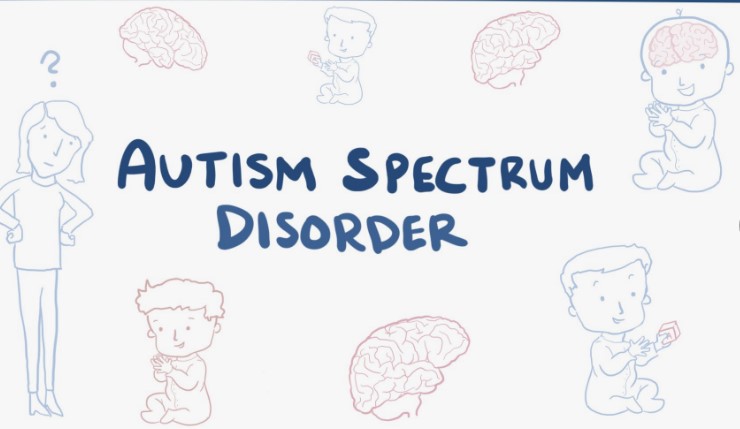
When to See a Doctor
Early identification of Autism Spectrum Disorder (ASD) is crucial because it allows for timely access to interventions and support services that can significantly impact a child’s developmental trajectory and long-term outcomes. Parents, caregivers, educators, and healthcare professionals should be vigilant in observing developmental milestones and recognizing potential red flags that may indicate the need for further evaluation.
- Delays in reaching social communication milestones: This includes things like not smiling or making eye contact in response to others by 6 months, not babbling or using gestures by 12 months, not saying single words by 16 months, not using two-word phrases by 24 months, or any loss of previously acquired language or social skills at any age.
- Limited or inconsistent eye contact.
- Not responding to their name by 12 months.
- Lack of pointing or showing objects of interest to others by 18 months.
- Difficulty understanding simple directions or questions.
- Not engaging in pretend play or imaginative play by 3 years.
- Apparent lack of interest in interacting with peers.
- Repetitive motor movements such as hand-flapping, rocking, or spinning.
- Repetitive use of objects, such as lining up toys or spinning wheels.
- Repetitive speech or echoing words or phrases (echolalia).
- Intense focus on specific objects or topics to the exclusion of others.
- Insistence on sameness and resistance to changes in routine.
- Unusual reactions to sensory input, such as being overly sensitive to loud noises, bright lights, or certain textures, or having a high tolerance for pain.
While these signs do not definitively mean a child has Autism Spectrum Disorder (ASD), their presence warrants further investigation by qualified professionals. Pediatricians typically conduct developmental screenings during routine well-child visits. If concerns are raised during these screenings, a referral to specialists such as developmental pediatricians, child neurologists, or child psychologists for a comprehensive diagnostic evaluation is usually recommended.
Causes of Autism Spectrum Disorder (ASD)
The etiology of Autism Spectrum Disorder (ASD) is complex and multifactorial. While significant progress has been made in understanding the underlying factors, a single, definitive cause has not been identified. Current scientific consensus points to a combination of genetic and environmental factors that likely interact in intricate ways to influence brain development and increase the risk of ASD.
Biological Causes
Research strongly suggests a significant genetic contribution to Autism Spectrum Disorder (ASD). Studies involving twins and families have consistently shown a high heritability of ASD, meaning that genetic factors play a substantial role in its occurrence. It is now understood that Autism Spectrum Disorder (ASD) is likely polygenic, involving multiple genes rather than a single gene. Numerous genes have been identified that are associated with an increased risk of ASD, and these genes often play critical roles in various aspects of brain development, neural communication, and synaptic function (the connections between brain cells).
It is crucial to address the persistent misinformation regarding the causes of Autism Spectrum Disorder (ASD). Contrary to past theories that have been widely debunked by scientific evidence, there is no credible scientific evidence to support the idea that lifestyle factors, such as vaccines, directly cause Autism Spectrum Disorder (ASD). Numerous rigorous studies conducted over decades have consistently found no link between vaccines and ASD
Risk Factors
While the exact causes of Autism Spectrum Disorder (ASD) remain under investigation, several factors have been consistently identified that may increase the likelihood of a child being diagnosed with ASD. These risk factors do not mean that a child will definitely develop ASD, but they indicate an increased probability:
- Having a sibling with ASD: This is one of the most significant risk factors. If one child in a family has ASD, the risk of a subsequent child also having ASD is substantially higher compared to families with no history of ASD. This again highlights the strong genetic component.
- Certain genetic conditions: Several specific genetic disorders are known to be associated with an increased risk of ASD. These include conditions such as Fragile X syndrome, tuberous sclerosis, and Rett syndrome. Identifying these co-occurring genetic conditions can sometimes provide valuable insights into the underlying biology of ASD in those individuals.
It is important to emphasize that the presence of these risk factors does not predict with certainty that a child will develop Autism Spectrum Disorder (ASD). Many individuals with these risk factors do not develop ASD, and conversely, many individuals diagnosed with ASD do not have any of these identifiable risk factors. Research continues to explore the complex interplay of genetic and environmental factors to better understand who is at higher risk and why.
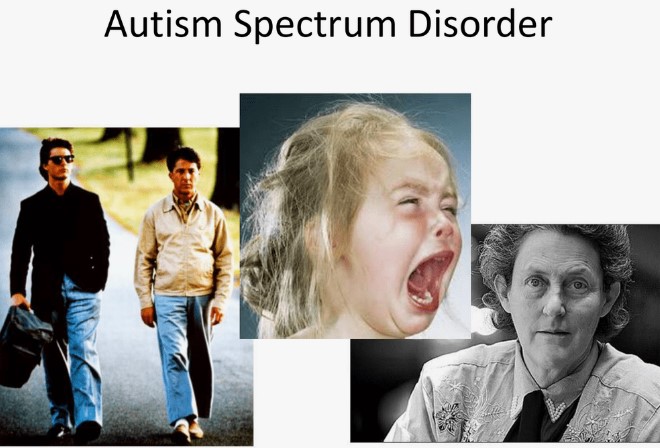
Complications
Autism Spectrum Disorder (ASD) itself is a neurodevelopmental condition and not a disease that inherently leads to direct medical complications in the same way as some other illnesses. However, individuals with ASD may be more prone to experiencing a range of co-occurring conditions and challenges that can significantly impact their daily functioning, social integration, and overall well-being. These co-occurring conditions are important to recognize and address as part of a comprehensive support plan for individuals with ASD:
- Anxiety disorders: Anxiety is very common among individuals with ASD. Social anxiety, generalized anxiety, and specific phobias are frequently reported. The challenges in social communication and interaction, sensory sensitivities, and the need for routine can all contribute to heightened anxiety levels.
- Attention-Deficit/Hyperactivity Disorder (ADHD): ADHD often co-occurs with ASD. Individuals may exhibit difficulties with attention, hyperactivity, and impulsivity, which can further complicate social interactions, learning, and daily tasks.
- Intellectual disability: While not all individuals with ASD have intellectual disability, it is a significant co-occurring condition in some. The severity of intellectual disability can vary widely.
- Sensory processing issues: As mentioned earlier, atypical sensory processing is a core feature of ASD, but the severity and impact can vary greatly. These issues can lead to significant distress, avoidance behaviors, and difficulties participating in everyday activities.
Recognizing and addressing these potential co-occurring conditions is essential for providing comprehensive and individualized support to individuals with Autism Spectrum Disorder (ASD). A multidisciplinary team approach, involving medical professionals, therapists, educators, and families, is often necessary to effectively manage these challenges and promote the overall well-being of individuals on the autism spectrum.
Diagnosis
Diagnosing Autism Spectrum Disorder (ASD) is a multifaceted process that requires a comprehensive evaluation by experienced professionals. There is no single medical test, such as a blood test or brain scan, that can definitively diagnose ASD. Instead, diagnosis is based on a careful assessment of an individual’s behavioral patterns, developmental history, and communication skills. The diagnostic process typically involves the following steps:
- Developmental Screening: As mentioned earlier, pediatricians play a crucial role in the initial identification of potential developmental delays through routine developmental screenings during well-child visits. These screenings often involve questionnaires or brief assessments that look at a child’s progress in various developmental domains, including social, communication, cognitive, and motor skills.
- Comprehensive Diagnostic Evaluation: A thorough diagnostic evaluation for Autism Spectrum Disorder (ASD) is typically conducted by a multidisciplinary team of specialists. This team may include developmental pediatricians, child neurologists, child psychologists or psychiatrists, speech-language pathologists, and occupational therapists.
- Standardized Diagnostic Instruments: Clinicians utilize specific standardized diagnostic instruments to aid in the assessment process and to ensure consistency and reliability in diagnosis. Two commonly used diagnostic tools include:
- The Autism Diagnostic Observation Schedule, Second Edition (ADOS-2): This is an observational assessment where a trained clinician interacts directly with the individual through a series of structured and semi-structured activities designed to elicit behaviors relevant to the diagnostic criteria for ASD, such as social communication and repetitive behaviors.
- The Autism Diagnostic Interview-Revised (ADI-R): This is a structured interview conducted with the primary caregiver (usually a parent) that gathers detailed information about the individual’s developmental history and the presence of behaviors consistent with ASD.
In addition to these core components, the diagnostic evaluation may also include:
- Cognitive assessments to evaluate intellectual abilities.
- Language assessments to assess verbal and nonverbal communication skills.
- Adaptive behavior assessments to evaluate daily living skills.
- Sensory assessments to identify any sensory processing difficulties.
- Medical evaluations to rule out other medical conditions that may be contributing to the observed symptoms or co-occurring with ASD.
The diagnostic process for Autism Spectrum Disorder (ASD) is a careful and thoughtful one, aimed at providing an accurate and comprehensive understanding of an individual’s strengths and challenges. A diagnosis of ASD can then pave the way for accessing appropriate interventions, supports, and resources tailored to the individual’s specific needs.
Treatment Options
While there is currently no “cure” for Autism Spectrum Disorder (ASD), a wide range of evidence-based interventions and supports are available that can significantly improve the lives of individuals with ASD and their families. The goal of treatment is to maximize an individual’s potential, promote independence, enhance communication and social skills, and address any associated challenges. Treatment approaches are typically individualized and tailored to the specific needs and strengths of each person with ASD. Some of the proven treatment options include:
- Behavioral Therapies: Applied Behavior Analysis (ABA) is a widely recognized and extensively researched therapeutic approach for ASD. ABA focuses on understanding behavior and how it is affected by the environment. It involves breaking down complex skills into smaller steps, teaching these steps systematically using positive reinforcement, and measuring progress over time.
- Speech Therapy: Speech-language pathologists play a crucial role in addressing the communication challenges often experienced by individuals with ASD. Speech therapy can focus on developing verbal communication skills, improving nonverbal communication (such as using gestures and understanding body language), and enhancing social communication skills, such as initiating and maintaining conversations and understanding social cues.
- Occupational Therapy: Occupational therapists (OTs) help individuals with ASD develop skills for daily living, such as dressing, feeding, and hygiene. They also address sensory processing issues, which are common in ASD, by providing strategies and modifications to help individuals better manage sensory input and participate more comfortably in their environment. OTs may also work on improving fine and gross motor skills, coordination, and visual-motor skills. Read More>>>>
